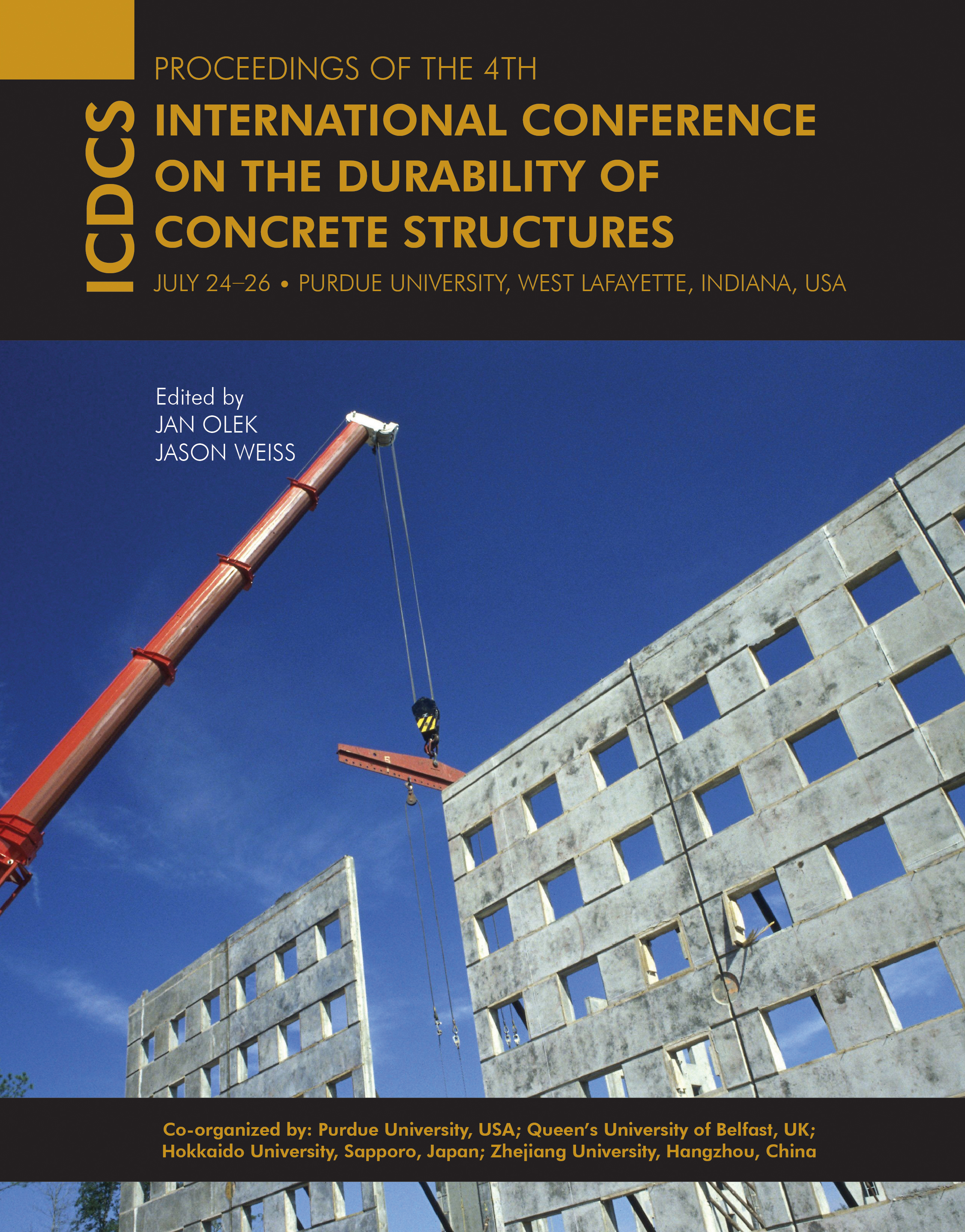Abstract
The use of superabsorbent polymers (SAPs) to produce internally cured concrete has been shown to be effective in reducing the potential for restrained shrinkage cracking of high performance concrete mixtures. However, not much is known regarding the freeze–thaw durability of concrete mixtures that incorporate SAPs for internal curing (IC). When SAP particles desorb (or partially desorb) the “water” (pore fluid) they contain for the purposes of IC, some believe that the void space created by these particles can provide enough empty voids to accommodate the additional volume caused by water expansion upon freezing. This paper investigates the freeze–thaw durability of internally cured concrete by the use of SAPs. It has been shown that internally cured concretes made using SAP demonstrate good freeze–thaw performance when the concrete is air entrained. When the SAP was used in concrete without air entrainment it did not provide sufficient freeze–thaw durability.
DOI
10.5703/1288284315376
Included in
Ceramic Materials Commons, Civil Engineering Commons, Other Civil and Environmental Engineering Commons, Structural Materials Commons
Freeze Thaw Durability of Internally Cured Concrete Made Using Superabsorbent Polymers
The use of superabsorbent polymers (SAPs) to produce internally cured concrete has been shown to be effective in reducing the potential for restrained shrinkage cracking of high performance concrete mixtures. However, not much is known regarding the freeze–thaw durability of concrete mixtures that incorporate SAPs for internal curing (IC). When SAP particles desorb (or partially desorb) the “water” (pore fluid) they contain for the purposes of IC, some believe that the void space created by these particles can provide enough empty voids to accommodate the additional volume caused by water expansion upon freezing. This paper investigates the freeze–thaw durability of internally cured concrete by the use of SAPs. It has been shown that internally cured concretes made using SAP demonstrate good freeze–thaw performance when the concrete is air entrained. When the SAP was used in concrete without air entrainment it did not provide sufficient freeze–thaw durability.





